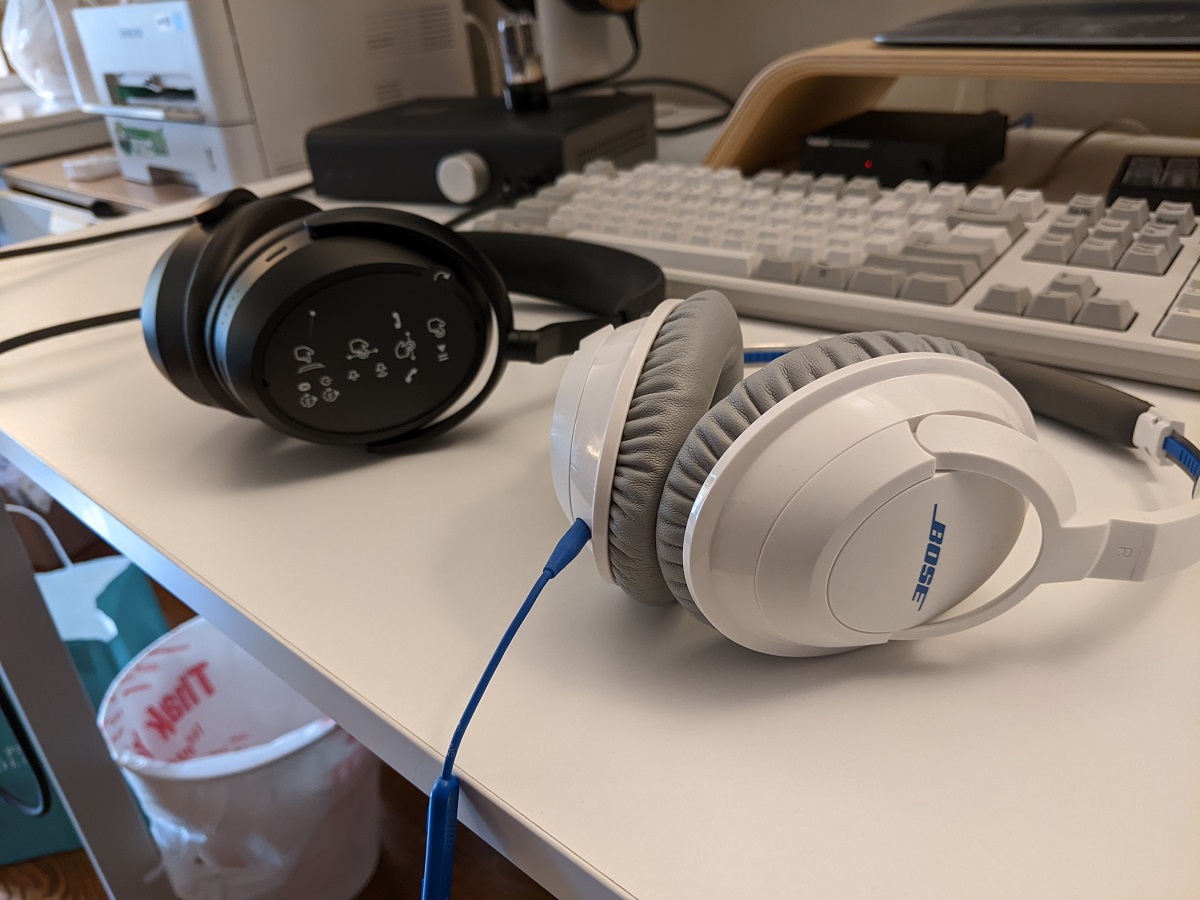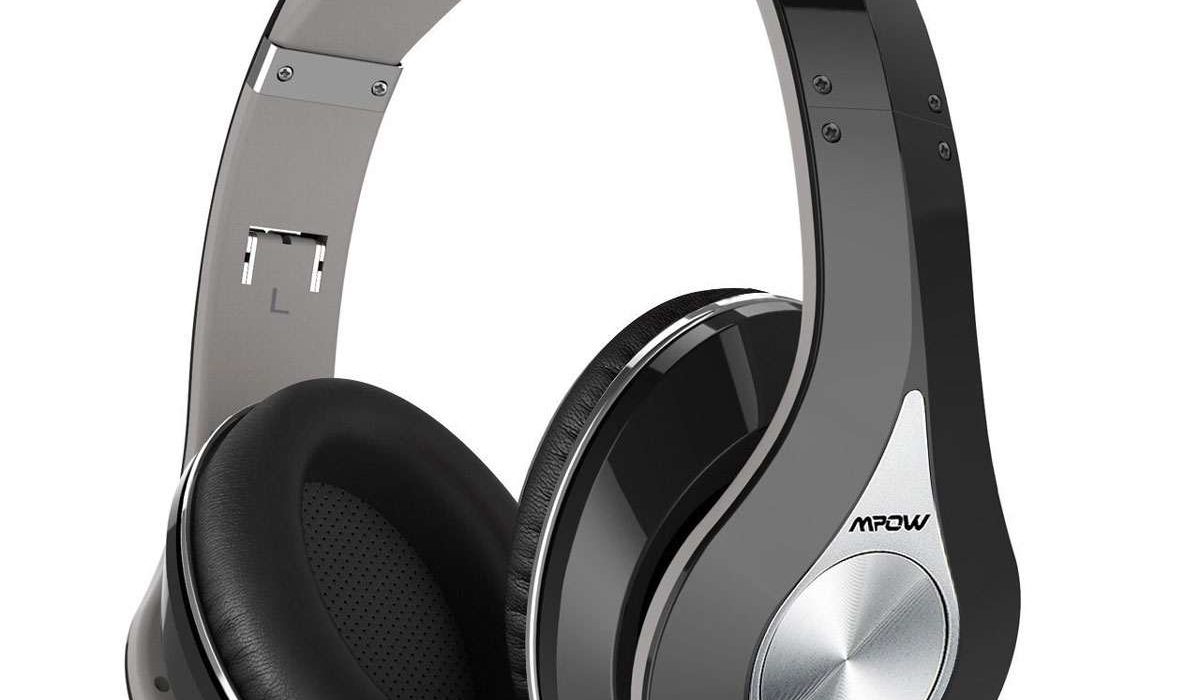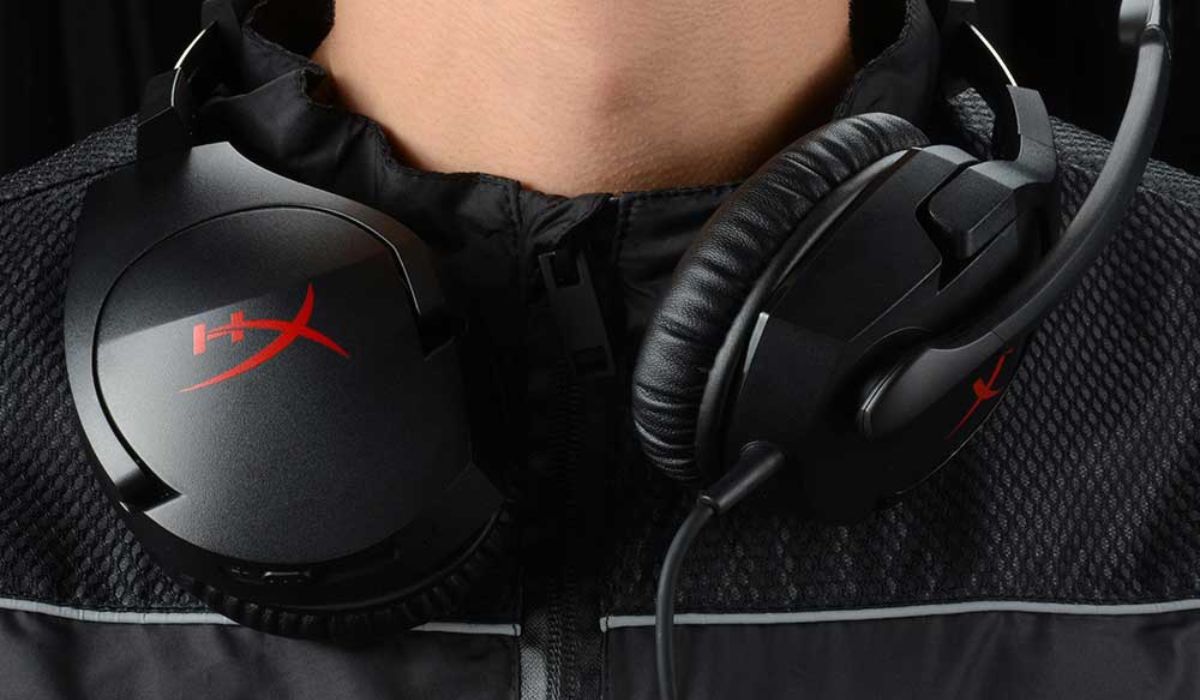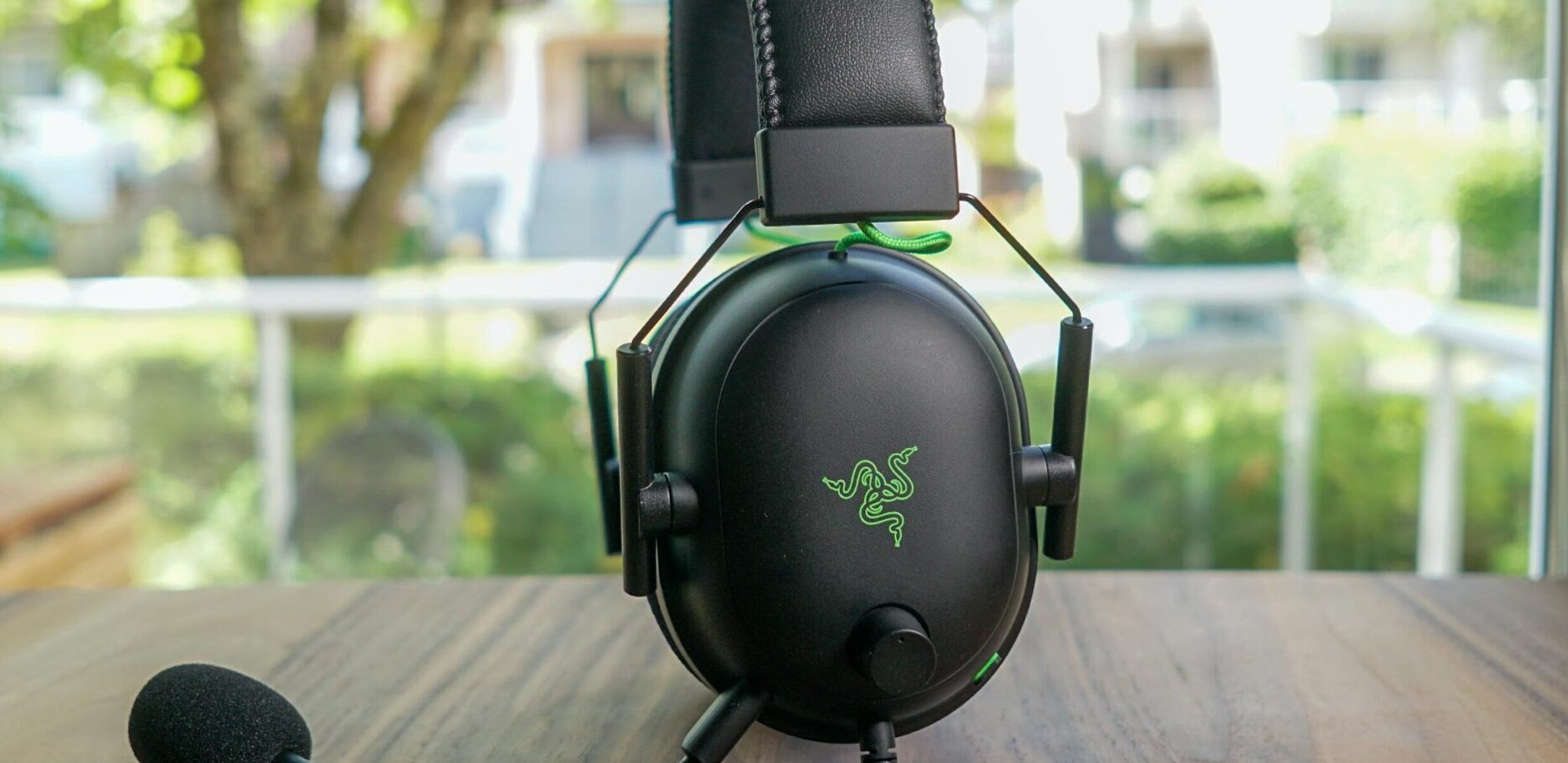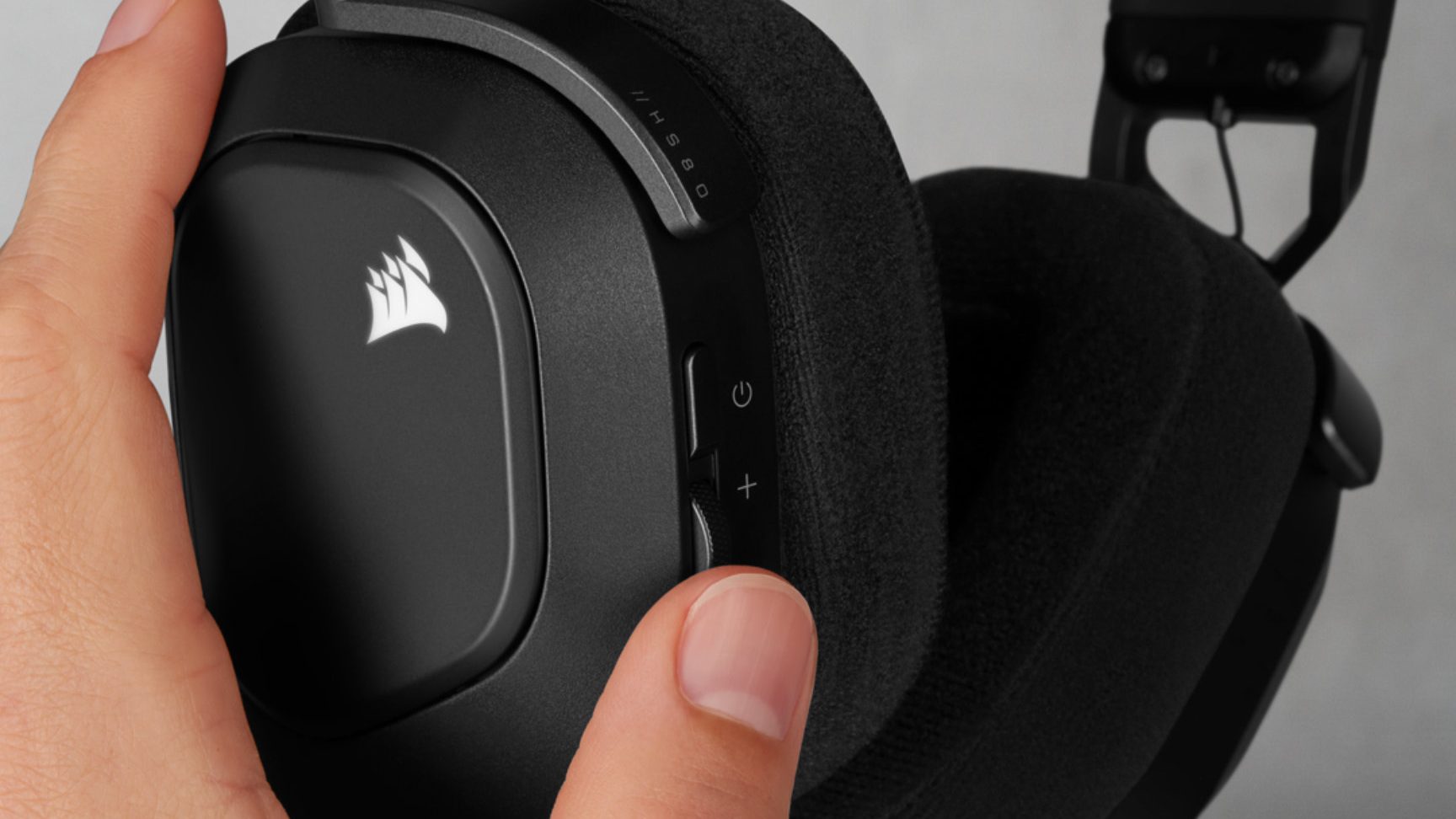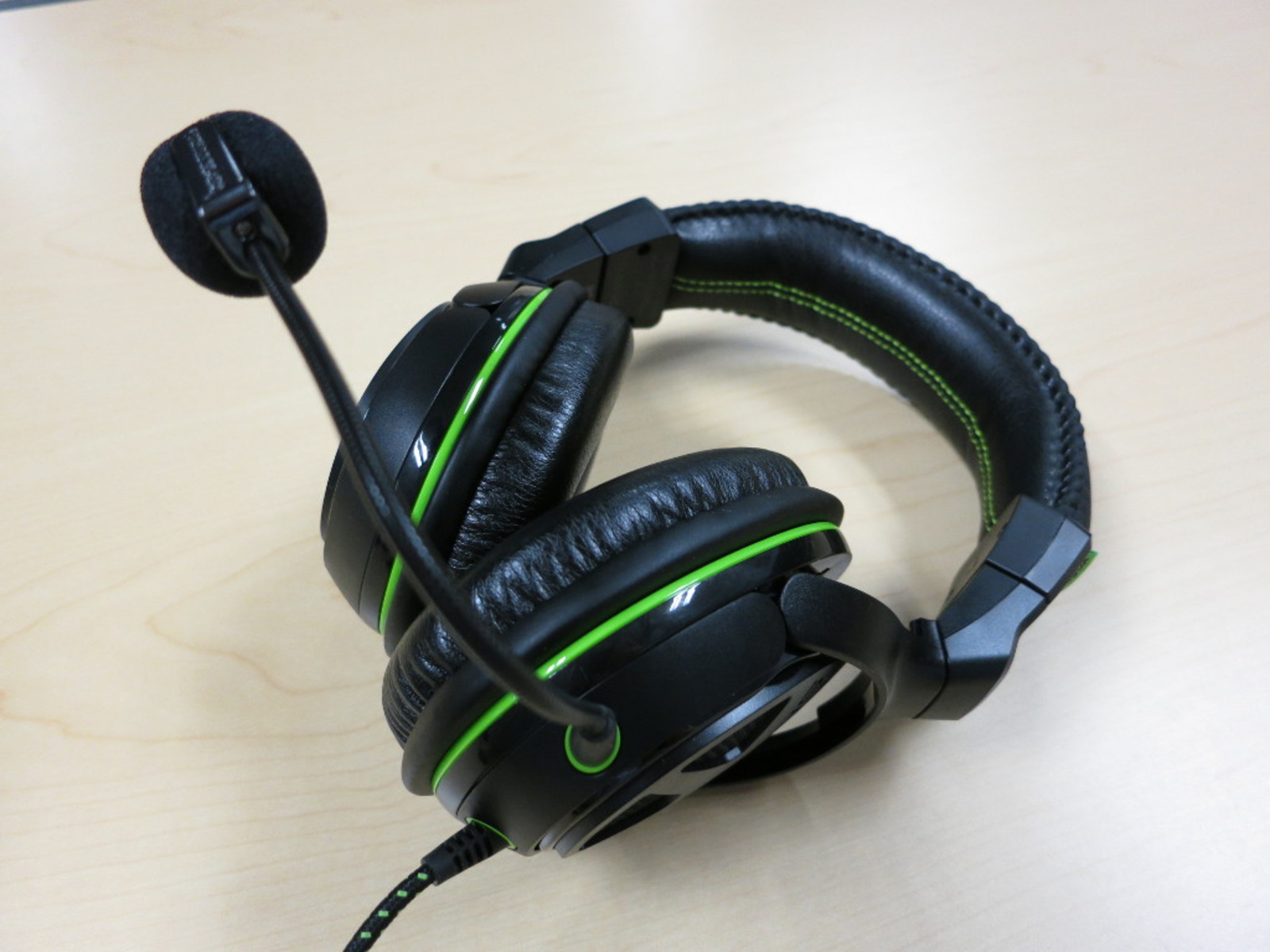Introduction
Imagine immersing yourself in your favorite music or engaging in a crucial virtual meeting, only to realize that the audio is only coming through one side of your headset. This frustrating experience is known as one-sided audio imbalance, a common issue that can disrupt the enjoyment of various audio experiences. Whether you're a music enthusiast, a gamer, or a professional who relies on crystal-clear audio, encountering one-sided audio can be exasperating. Fortunately, understanding the causes and solutions for this problem can help you restore the balance and fully enjoy your audio experiences.
In this comprehensive guide, we will delve into the intricacies of one-sided audio imbalance in headsets, exploring the common causes behind this issue and providing practical solutions to rectify it. By the end of this article, you will be equipped with the knowledge and tools to troubleshoot and fix one-sided audio imbalance in your headset, ensuring that you can immerse yourself in high-quality audio without any interruptions. Let's dive into the world of audio troubleshooting and embark on a journey to restore balance to your headset's audio output.
Understanding One-Sided Audio
One-sided audio, also known as audio imbalance, refers to a situation where sound is only heard from one side of the headset, while the other side remains silent. This issue can significantly diminish the overall audio experience, causing frustration and inconvenience for users. When one side of the headset produces sound and the other does not, it disrupts the intended stereo effect and can lead to a distorted perception of the audio source.
The human auditory system is designed to process audio signals from both ears, allowing for a sense of spatial awareness and depth in the perceived sound. When one side of the audio output is compromised, this natural balance is disrupted, leading to a disorienting and unsatisfactory listening experience. Understanding the nature of one-sided audio imbalance is crucial for effectively troubleshooting and resolving this issue.
One-sided audio imbalance can manifest in various forms, including the complete absence of sound from one earpiece, significantly lower volume in one ear compared to the other, or distorted and muffled audio output from one side. These discrepancies can be particularly noticeable when listening to music, watching movies, engaging in gaming experiences, or participating in professional audio-related tasks.
The underlying causes of one-sided audio imbalance can stem from a range of factors, including hardware malfunctions, software settings, cable or connector issues, or even environmental factors such as dust and debris accumulation in the headset. By gaining a deeper understanding of these potential causes, users can effectively diagnose and address the specific issue affecting their headset's audio balance.
In the next sections, we will explore the common causes of one-sided audio imbalance and provide actionable solutions to rectify this issue, empowering users to restore the full stereo experience to their headsets. By unraveling the complexities of one-sided audio imbalance, we can pave the way for a seamless and immersive audio experience across various applications and devices.
Common Causes of One-Sided Audio
One-sided audio imbalance in headsets can stem from a variety of factors, ranging from hardware-related issues to software configurations and environmental influences. Understanding these common causes is essential for effectively diagnosing and addressing the specific root of the audio imbalance. Let's delve into the prevalent factors that can lead to one-sided audio issues in headsets:
1. Hardware Malfunctions:
- Faulty Audio Jack or Connector: A damaged or improperly connected audio jack can result in one-sided audio output. This can occur due to wear and tear, physical damage, or poor connections.
- Defective Headphone Drivers: If the internal drivers within the headset's earpieces are damaged or malfunctioning, it can lead to imbalanced audio output, with one side producing little to no sound.
2. Software Settings and Audio Source:
- Imbalanced Audio Channels: Misconfigured audio settings, whether on the device or within specific applications, can lead to one-sided audio output. This can result from an unintentional adjustment of audio balance settings or compatibility issues with certain software.
- Mono Audio Output: In some cases, audio sources may be encoded in mono instead of stereo, leading to one-sided audio when played through stereo headsets.
3. Cable and Connection Issues:
- Damaged Headset Cable: Wear and tear on the headset's cable, including fraying or internal wire damage, can disrupt the audio signal, leading to one-sided audio output.
- Loose or Improperly Inserted Connectors: Poor connections between the headset and audio device, such as loose or partially inserted connectors, can result in audio imbalance.
4. Environmental Factors:
- Dust and Debris Accumulation: Over time, dust and debris can accumulate within the audio jack or connector, causing connectivity issues and impacting the audio balance.
- Moisture or Corrosion: Exposure to moisture or corrosion can affect the electrical connections within the headset, leading to audio imbalances and disruptions.
By identifying these common causes of one-sided audio imbalance, users can take targeted steps to troubleshoot and resolve the specific issue affecting their headsets. In the following section, we will explore practical solutions to rectify one-sided audio imbalance, empowering users to restore the full stereo experience to their headsets and enjoy uninterrupted audio immersion.
How to Fix Imbalance in Your Headset
Resolving one-sided audio imbalance in your headset requires a systematic approach to address the specific cause of the issue. By implementing targeted solutions, users can restore the balanced audio output and fully enjoy their audio experiences. Let's explore practical steps to fix imbalance in your headset:
1. Check Audio Source and Device Settings:
- Begin by confirming that the audio source, such as your computer, smartphone, or audio interface, is configured for stereo output. Ensure that the audio settings are not inadvertently set to mono or adjusted to favor one audio channel over the other.
2. Verify Headset Connection:
- Inspect the connection between your headset and the audio device. Ensure that the audio jack is fully inserted into the device's port, establishing a secure and stable connection. If using a detachable cable, check for any signs of wear or damage and consider replacing it if necessary.
3. Clean Audio Jack and Connectors:
- If dust or debris accumulation is suspected, gently clean the audio jack and connectors using a soft, dry brush or compressed air. This can help remove any obstructions that may be disrupting the audio signal and causing imbalance.
4. Adjust Audio Balance Settings:
- Access the audio settings on your device and verify the balance adjustment. Ensure that the audio balance is set to an equal level for both the left and right channels. If the balance is skewed, readjust it to achieve a balanced audio output.
5. Test with Alternative Devices:
- To isolate the issue, test your headset with alternative audio devices. If the one-sided audio imbalance persists across different devices, the issue is likely with the headset itself, prompting further troubleshooting or potential repairs.
6. Update or Reinstall Audio Drivers:
- If using a computer, consider updating or reinstalling the audio drivers to ensure compatibility and optimal performance. Outdated or corrupted drivers can lead to audio imbalances, and updating them may resolve the issue.
7. Professional Inspection and Repair:
- If the one-sided audio imbalance persists despite troubleshooting efforts, consider seeking professional inspection and repair services. A certified technician can diagnose and address internal hardware issues within the headset, such as faulty drivers or damaged components.
By systematically addressing these steps, users can effectively troubleshoot and resolve one-sided audio imbalance in their headsets, restoring the intended stereo experience and ensuring consistent audio output across both earpieces. Implementing these solutions empowers users to overcome audio imbalances and fully immerse themselves in high-quality audio experiences, whether for entertainment, communication, or professional tasks.
Conclusion
In conclusion, encountering one-sided audio imbalance in headsets can be a frustrating and disruptive experience, impacting the enjoyment of various audio applications and tasks. However, by gaining a comprehensive understanding of the common causes and implementing targeted solutions, users can effectively troubleshoot and rectify this issue, restoring the balance to their headset's audio output.
The prevalence of one-sided audio imbalance, stemming from hardware malfunctions, software settings, cable issues, and environmental factors, underscores the importance of proactive troubleshooting and maintenance. By identifying the specific root cause of the imbalance, users can take targeted steps to address the issue, whether through adjusting settings, cleaning connectors, or seeking professional repairs when necessary.
By adhering to the practical steps outlined in this guide, including verifying audio source settings, inspecting headset connections, and testing with alternative devices, users can systematically address one-sided audio imbalance and restore the intended stereo experience to their headsets. Additionally, staying informed about the potential causes of audio imbalance and being proactive in maintenance can contribute to prolonged headset performance and consistent audio quality.
Ultimately, the ability to troubleshoot and rectify one-sided audio imbalance empowers users to fully immerse themselves in high-quality audio experiences, whether for entertainment, communication, or professional tasks. By restoring balance to their headsets' audio output, users can enjoy the intended stereo effect, spatial awareness, and immersive soundscapes across various applications and devices.
As technology continues to evolve, the prevalence of audio-related issues underscores the importance of informed troubleshooting and maintenance practices. By equipping users with the knowledge and tools to address one-sided audio imbalance, this guide aims to enhance the overall audio experience and empower users to overcome disruptions in their audio output.
In the dynamic landscape of audio technology, the ability to troubleshoot and resolve one-sided audio imbalance is a valuable skill that contributes to a seamless and enjoyable audio experience. By leveraging the insights and solutions presented in this guide, users can navigate the complexities of audio troubleshooting with confidence, ensuring that their headsets deliver consistent, balanced, and high-quality audio output.









